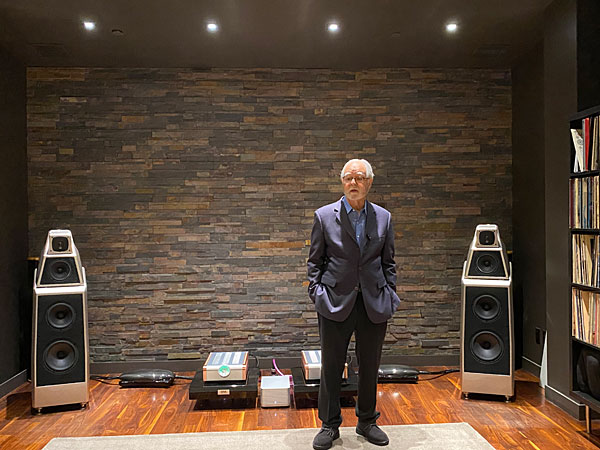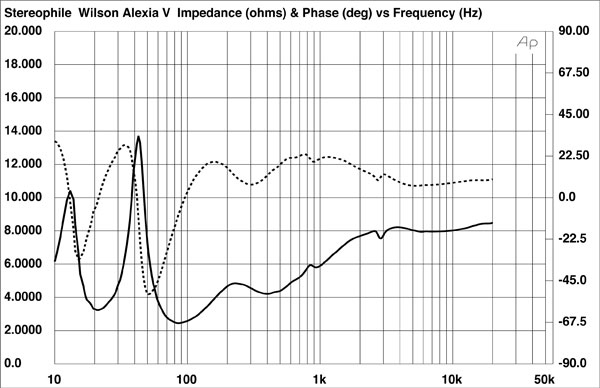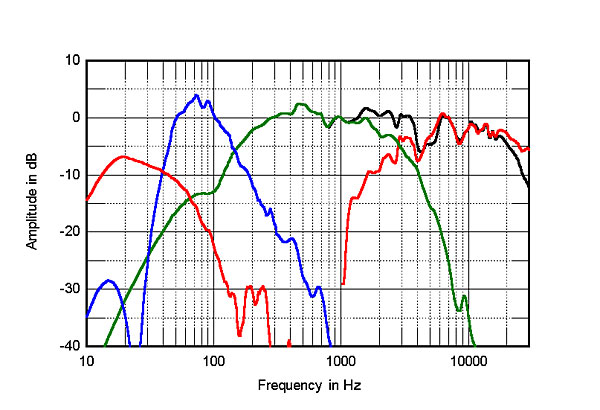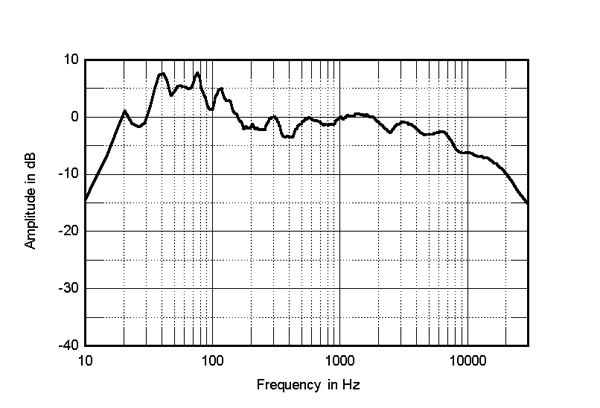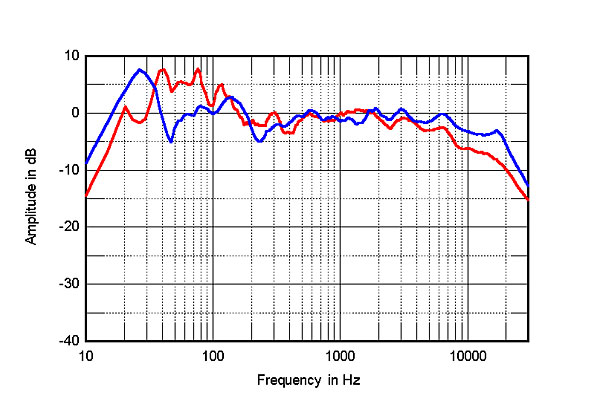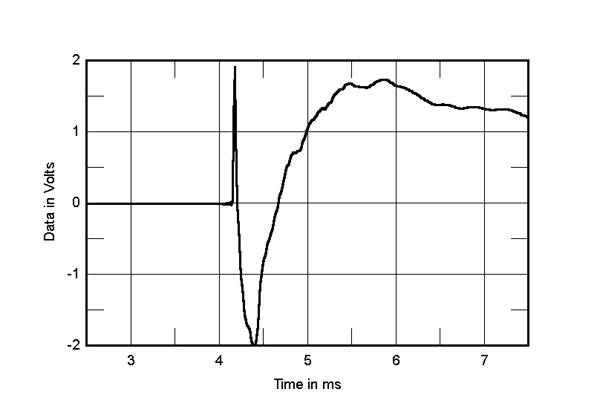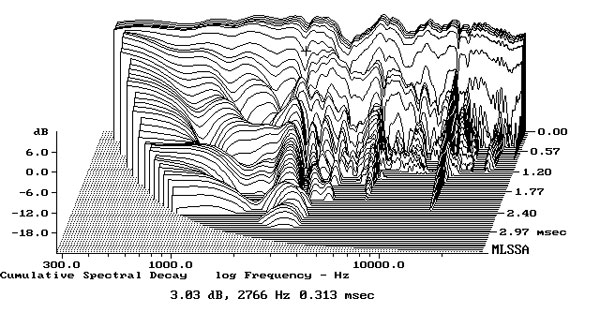| Columns Retired Columns & Blogs |
Long time reader, first time writer.
There's something I've long wondered about Wilson speakers. The team at Wilson goes to great lengths and expense to put together a speaker where each driver can be infinitesimally adjusted with the goal of making sounds of different frequencies, each of which travels at a different speed, arrive at the listener's ear at the same time.
Am I right? Do I understand Wilson's design?
My question is this: Musical instruments have no such adjustments. The bow of a violin hits the strings at at one very small point in space. From that one point, sounds of all frequencies are launched. These frequencies all travel at different speeds. But one can't adjust the violin so that all of its frequencies reach the listener at the same time. The real world is not so orderly.
Does't Wilson want its speakers sound like the what we hear in the concert hall? Why would they want their speakers to sound unnatural, even if they've managed to improve on what we hear in the nature?
People have been paying six figures for Wilson speakers for many years so I'm guessing that there's an answer to my conundrum. But for the life of me, I can't figure out what it is.
